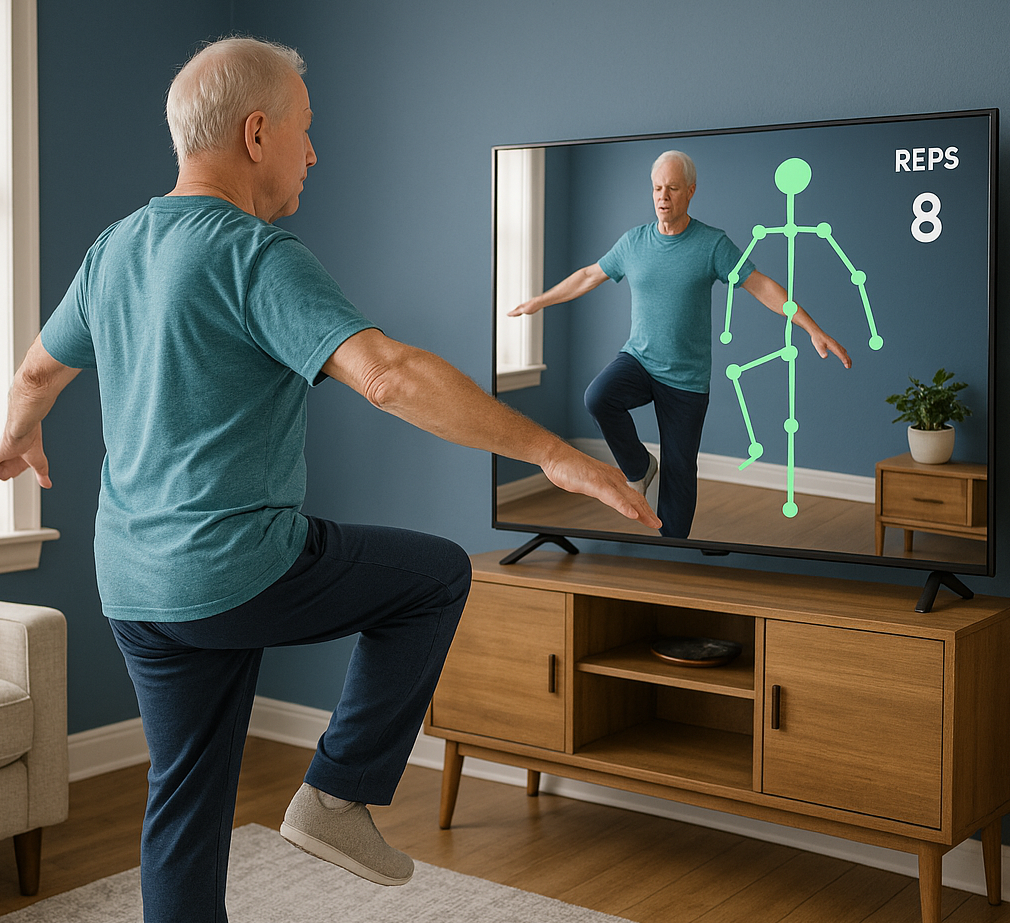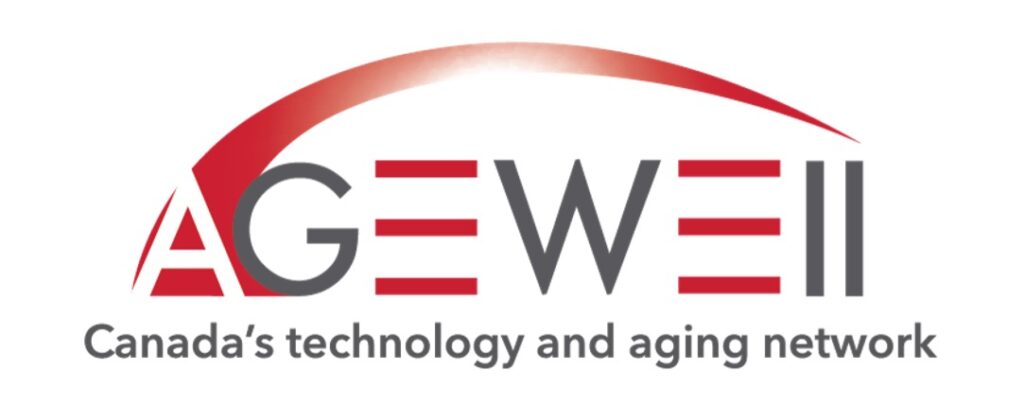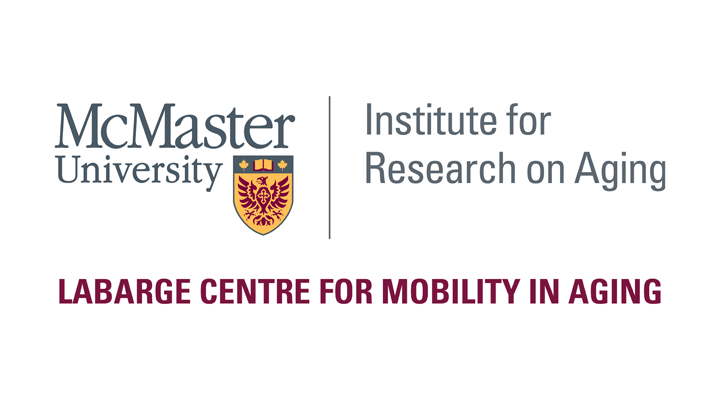Related Research
Learn more about our studies
Overview: This study used a convergent parallel mixed-methods methodology using semi-structured focus groups and usability questionnaires. We recruited 18 older adults and 19 healthcare professionals applying co-design principles to understand and discover how augmented reality-based balance training tools can be developed to meet their needs.


| Study Type: |
Convergent parallel mixed-methods study |
| Participants (N): |
Older adults (n=18); Healthcare professionals (n=19) |
| Objectives: |
The purpose of this study is to apply co-design principles to explore how augmented reality-based balance training tools can be developed and tailored to meet the needs of older adults and healthcare professionals. By engaging the end-users during the development process, the study aims to identify areas of improvement, such as design features, functional requirements, and adaptations that can enhance the adoption of the technology in the target population. Insights from this study will inform the iterative development of a user-centred and evidence-based augmented reality-based balance training system for at-home use by older adults. |
| Methods: |
A convergent parallel mixed-methods study is being conducted with community-dwelling older adults (n=18; ≥ 60 years) and healthcare professionals (n=19) recruited through snowball sampling until data saturation was achieved. Healthcare professionals include physiotherapists, occupational therapists, and kinesiologists working across community care, sub-acute care, and in-patient rehabilitation. Six focus groups (3 groups of older adults, 3 groups of HCPs) were conducted, where participants watched a concept video of the prototype and engaged in a discussion guided by the design thinking framework. Participants also completed a series of usability questionnaires including the Technology Acceptance Model, the System Usability Scale, and the Net Promoter Score. Focus groups are being analyzed using directed content analysis with NVivo software, and mixed-methods triangulation is being used to integrate findings from the focus groups and questionnaires. |



